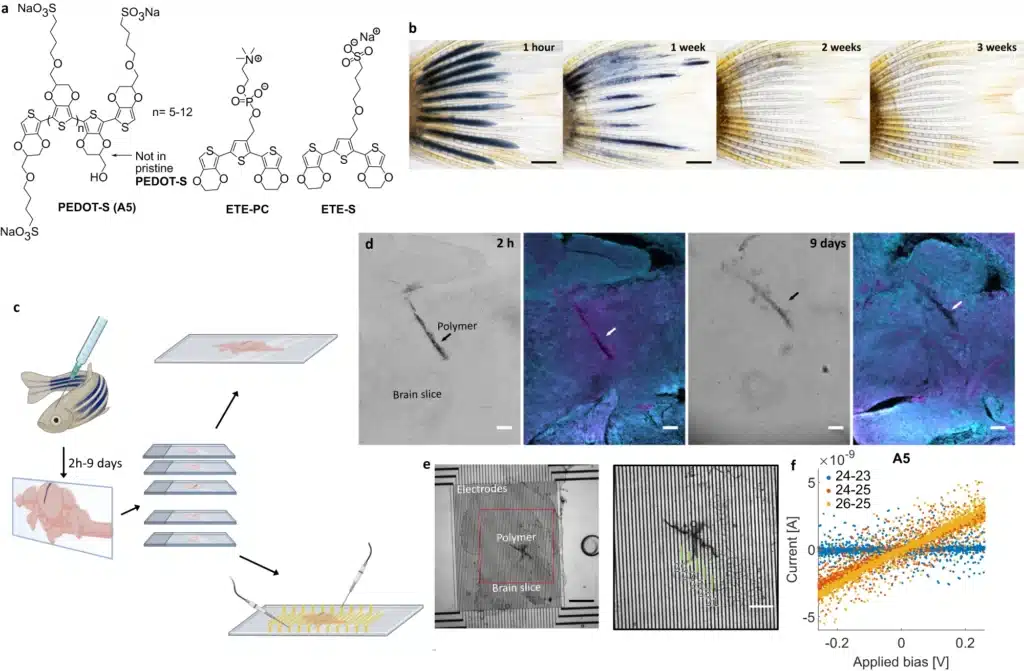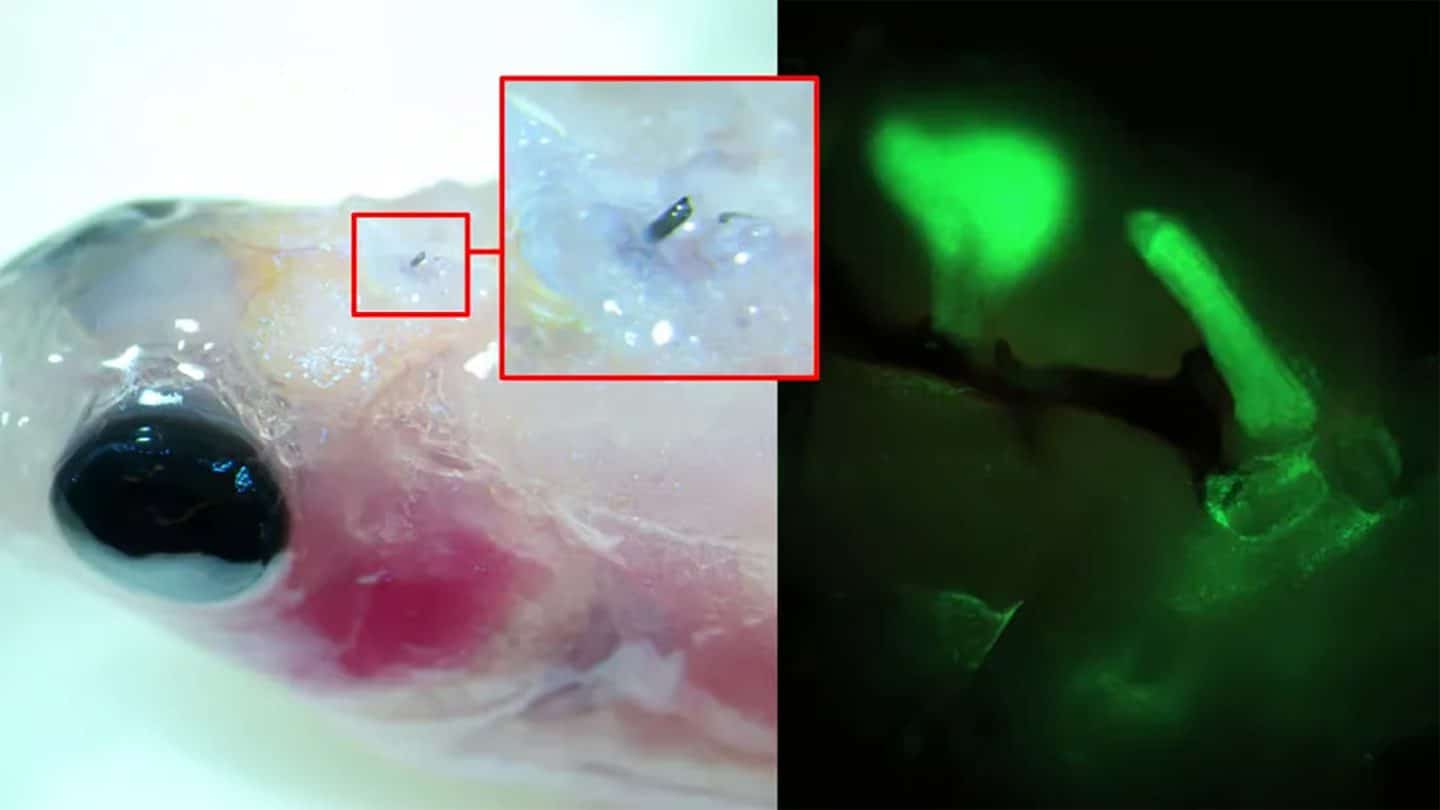The evolution of medicine and technology often go hand in hand, and the latest development in the field of electrotherapy is a clear example of this. Researchers at the Swedish Universities of Lund and Gothenburg have developed organic electrodes capable of integrating with the body and dissolving over time.
This innovation could represent a significant breakthrough, especially for patients suffering from non-chronic conditions such as tumors and nerve lesions, who could benefit from electrical stimulation without having to resort to invasive surgery. The proposed approach combines biological and engineering knowledge, offering a solution that respects the patient's physical integrity and promises therapeutic efficacy.
The importance of therapeutic electrical stimulation
Therapeutic electrical stimulation has been shown to have a significant impact in treating chronic conditions such as Parkinson's disease or epilepsy. And not only.
In these cases, electrodes deliver electrical impulses to specific areas of the brain, but they must be implanted through surgery. The discovery of organic electrodes could extend the benefits of electrotherapy to non-chronic conditions such as pain, nerve damage or even cancer.
It would be a leap forward: the electrodes developed by the researchers of Lund University e University of gothenburg they are made using A5, an ionic-electronic mixed polymer that has unique properties. First, it self-assembles into a highly conductive hydrogel that remains stable for several months. Its composition, based on small polymers called oligomers, gives it excellent bioresorption properties. Finally, perhaps most importantly of all, it dissolves in water.

Organic electrodes, applications and experimental results
During the research, the electrodes were tested on zebrafish, a model widely used to study limb regeneration and neuropathy. The electrodes, once injected into the fish's brain, interacted with the endogenous ions forming a stable "partnership".
Over time, the pads began to degrade, demonstrating their ability to be completely reabsorbed into the body without causing any damage.
Future perspectives
These minimally invasive organic electrodes, as mentioned, open up new possibilities for their use in non-chronic treatments. The next step for the researchers will be to test the procedure on the brains of rodents and primates, thus broadening the field of application and verifying its effectiveness on more complex organisms.
The research, which represents a significant step forward in the field of medicine and technology, has been published in the prestigious journal Nature Communications.. And I link it to you here.


